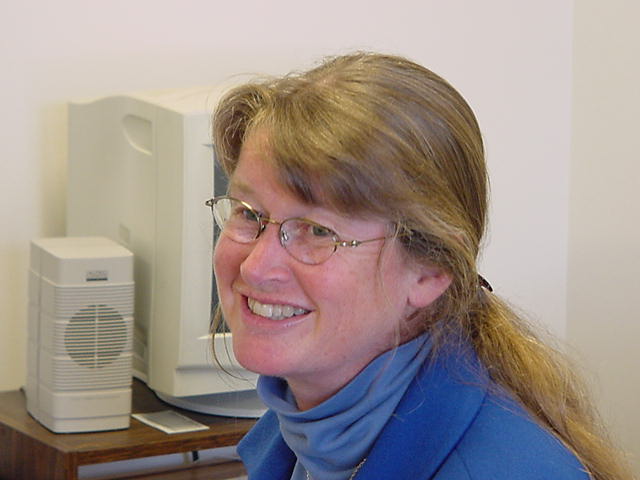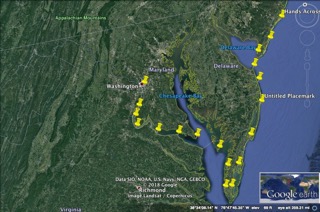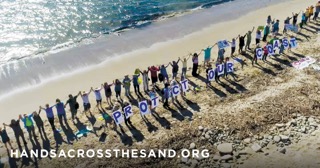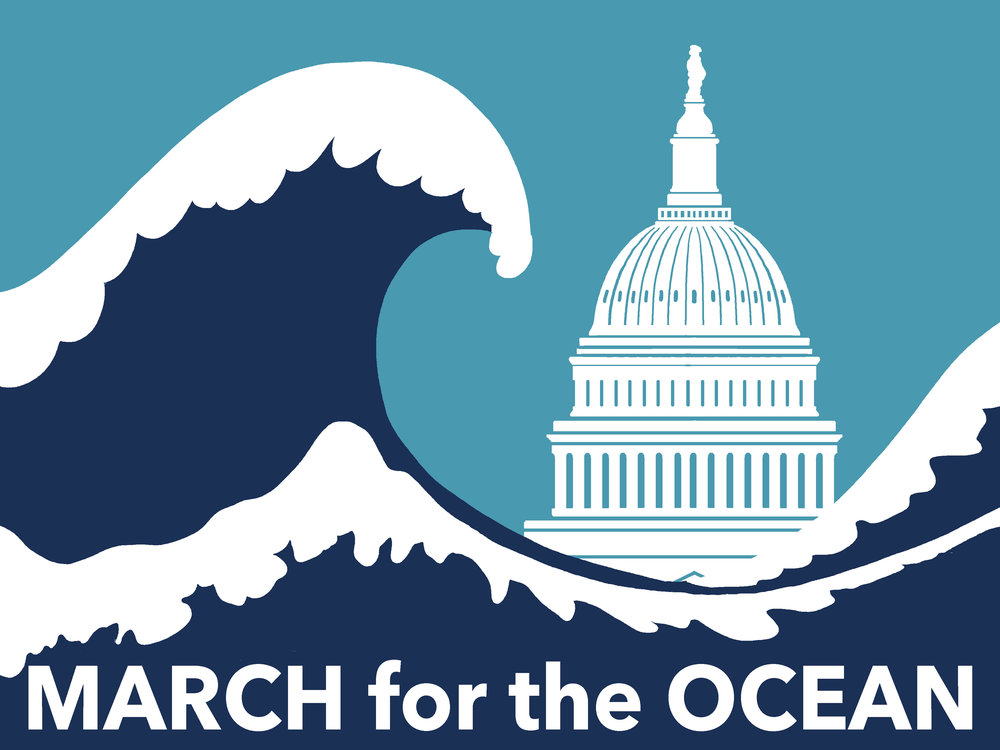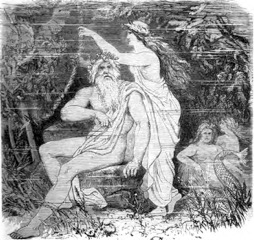Women Diving
 Tuesday, June 26, 2018 at 6:31PM
Tuesday, June 26, 2018 at 6:31PM I’m returning to my theme of “Ocean People,” this time in fiction.
Anna Kerrigan, the protagonist of the new novel Manhattan Beach by Jennifer Egan, is the only woman on a team of divers during WWII, building and repairing war ships at the Brooklyn Navy Yard. Her first job at the Yard is with other women sorting trays of machine parts for the Missouri, under construction there. But out the window she sees the divers, and is powerfully drawn to the job’s mystery and danger. With persistence and by proving her skill, even with the 200-pound clumsy suit and helmet, she wins a job and grudging acceptance by the male hierarchy.
Anna also dives one night into the East River in search of the body of her father whom she believes was killed and dumped there by organized crime. For this illicit dive she “borrows” the Navy equipment and convinces two men on the team to help her. She finds her father’s wristwatch, but no body. She barely escapes both the river’s currents and the shady crime boss who has shown her where to look.
 By the end of the book she has pulled off another escape job from these various dangerous dead ends and maneuvered a new identity and yet another diving job in California.
By the end of the book she has pulled off another escape job from these various dangerous dead ends and maneuvered a new identity and yet another diving job in California.
It sounds like a great adventure story, and it is. Or an interesting historical novel, as it also is. But mostly it’s a tale of Anna diving deep into the dark and dangerous waters of her own life, the challenges of Depression poverty, a disabled sister and disappeared father, the unglamorous parts of New York and the perils of life pre-birth control, diving in and emerging as her own person.
45 years ago I studied with theologian Carol Christ and read her book Diving Deep and Surfacing, an analysis of women’s spiritual quest. We read the then young Margaret Atwood’s second novel, Surfacing, and Adrienne Rich’s poems, including “Diving into the Wreck,” and Kate Chopin’s 19th century novel of female emancipation, The Awakening. In all these (and other) feminist classics women dive into ocean depths and find freedom both in the depths and in the surfacing.
Christ help us see how different these women’s spiritual quests are from the traditional male hero’s tale of a pilgrimage or quest to a distant land or mountain top. For these fictional women and for many women in myth, (like the ocean deities I wrote of here earlier this year,) the quest is downward, not up, to the dark not light. We young feminists and ministers-to-be wondered if these unusual (to us) tales were inspired by women’s anatomical interiorness, our wombs, unlike external male anatomy. We rejected the idea that anatomy is destiny, but we dreamed of a non-patriarchal culture where all could find the holy not only by looking out or up and into the light, but in and down and into the dark.
Years later, I am now an ocean inspired theologian (as well as a feminist) and I wonder if the ocean might also be a source and image of spiritual meaning because everyone begins life in our mother’s amniotic fluid, the exact same salinity as the ocean. We all begin our spiritual quest, for life and meaning, in an inward sea.
I wrote a column here a few months ago about diving, my own experience snorkeling, and stories from Monterey Bay scuba divers. All these dive stories were likewise “spiritual,” awe-some experiences of quiet and beauty and mystery. As with many spiritual quests, there is always the possibility of danger, going so deep you don’t return. And like Anna, many divers risk their lives not just for beauty, but for a purpose, in my local divers’ case, pulling up old fishing gear and trash. The ocean hides beauty but also the trash we think we can hide in its dark. Another rich diving metaphor – underwater we see not just beauty, but wrecks, the lost.
Egan did a lot of research on the rich history of Navy divers for her novel, but I have no idea if she knows of Christ’s work or this metaphor in feminist spirituality. Even so, the novel took me back to those images, especially from Atwood and Rich. Both authors paint vivid pictures of women diving not for pleasure, but to seek a lost father or wrecked ship, risking life by leaving dry land and sunlight. And then returning to the surface deeply changed.
It’s worth reading Rich’s poem in full.
“I came to see the damage that was done and the treasures that prevail….” Like all her work, it is fearless and full of mystery. Atwood’s 1973 novel is powerful also, especially given her lifetime since of writing chilling tales of women and power.
Anna Kerrigan’s brave diving eventually does help her find her father. But more moving is how she finds her own life’s calling in the depths. She will not keep sorting unnamed machine parts nor get stuck in the limits of the post-war “feminine mystique.” She keeps on diving. While most poetic and mythic tales are of a single dive that reveals the mystery or truth, Anna makes a lifetime of diving, literally and figuratively, finding in the diving and surfacing a new freedom and her true self.
Copyright © 2018 Deborah Streeter


